.webp)
Viognier wines are known for their remarkable aromatic complexity. They often exude a captivating bouquet of fragrances, including peach, tangerine, and blossoming flowers such as honeysuckle, making them a sensory delight unlike any other white wine.
Our in-depth guide delves into Viognier wines' rich heritage and unique characteristics. We explore their sensory profile, provide practical advice on the best food pairings, offer essential tips for selecting a great bottle of Viognier, and serve and store Viognier to maintain its distinctive quality. We also discover the prime regions famed for Viognier production and how climate intricately influences its expression.
We end the guide with a helpful comparison of Viognier and Chardonnay, highlighting the similarities and differences between these distinguished wines. Join us as we discover the world of Viognier wines together.
Viognier wines, known for their enchanting aromatic and flavour profiles, have a rich history and unique characteristics that distinguish them from other white wines. Originating from the Northern Rhône region of France, Viognier wines thrive in regions with granite-rich soil capable of retaining heat, which is essential for the growth of this white wine grape variety.
The Viognier grape is very challenging to cultivate due to its susceptibility to diseases and low yields. Yet, it has seen a significant revival and spread globally, from the steep slopes of Condrieu to the diverse terroirs of California, Virginia, Australia, and beyond.
Viognier wines typically exhibit a full body and low to medium-low acidity and are known for their lack of tannins. Alcohol content ranges from 13.5% to 15% ABV, making them more intense than other white wines.
The flavour profile of Viognier is deeply aromatic, featuring floral notes such as honeysuckle and elderflower and fruity flavours like peach, apricot, mango, and pineapple. Depending on the winemaking techniques, these wines can range from bone-dry to off-dry, with some late-harvest sweet wines.
Viognier's diversity allows for a broad range of food pairings, especially with dishes that complement its floral and fruity characteristics. It pairs very well with delicate meats, seafood, and cuisine that incorporates aromatic herbs or fruit elements.
As Viognier grapes have expanded beyond their French origins, winemakers across the world have embraced the grape, adapting their viticultural and winemaking practices to highlight its unique qualities. The adaptation includes precise irrigation, pruning for low yields, and, in some cases, oak aging to enhance the wine's complexity.
Viognier wines, known for their lack of tannins, medium-low acidity, and alcohol content ranging from 13.5% to 15% ABV, offer a unique experience. Although this full-bodied white wine stands out mainly for its aromatic profile, it also has a flavour profile that makes it shine.
Viognier has a golden hue, a testament to its full-bodied nature. The wine's visual allure is matched by its texture—often described as oily or viscous—creating a memorable sensation that sets it apart from other white wines.
Viognier is a very aromatic wine. So, the nose is usually where the magic begins, with an array of aromas that enchant and entice:

Viognier taste notes offer a harmonious blend of flavours that echo its aromatic complexity:

This sensory profile of Viognier wines showcases the complexity and elegance of this varietal. From its golden appearance and viscous body to its perfumed aromas and rich flavours, Viognier is a wine that truly captivates the senses, offering a unique experience that resonates with wine enthusiasts around the world.
Pairing food with Viognier wines offers a journey through a wide range of flavours that complement Viognier´s profile. Here’s an overview of some of the best food pairings for Viognier wines:

Viognier, a grape known for its fragrant and full-bodied white wines, has found its home in several key wine-producing regions across the globe. Each of these regions brings its unique climate to influence

To fully appreciate the delicate floral notes, rich flavors, and medium acidity of Viognier, it's essential to serve and store it correctly. Here are some tips to help you enjoy Viognier at its best.

Temperature Sensitivity: Be mindful of serving Viognier too cold or too warm. Serving it too chilled can suppress the wine's flavors, while too warm temperatures can make the alcohol too pronounced, overshadowing the delicate aromas and tastes.
By following these tips, you can ensure that every glass of Viognier you pour is as enjoyable as possible, allowing you to fully appreciate the nuances and depth of this exquisite white wine.
Viognier and Chardonnay are two wines that are very similar in theory, and for that reason, it can be confusing to distinguish between them. However, they also have some differences that make them unique. Here is an overview of the main similarities and differences between both wines.
In exploring the world of Viognier wines, we've journeyed through their distinct characteristics, from the rich sensory profile filled with floral and fruity notes to the careful considerations needed for food pairing, which highlight their versatility. Tips for serving and storing Viognier emphasize the importance of temperature and storage to maintain its unique qualities.
We've also delved into the regions where Viognier thrives, noting how climate significantly influences its expression, and offered guidance on selecting a quality bottle, ensuring an enjoyable tasting experience.
Comparisons with Chardonnay wines underscore Viognier's distinct place in the wine world, emphasizing its unique aroma and taste profile. For consumers who wish to delve into the elegant complexity of Viognier wine, education is key to understanding its many facets, thanks to its great versatility.

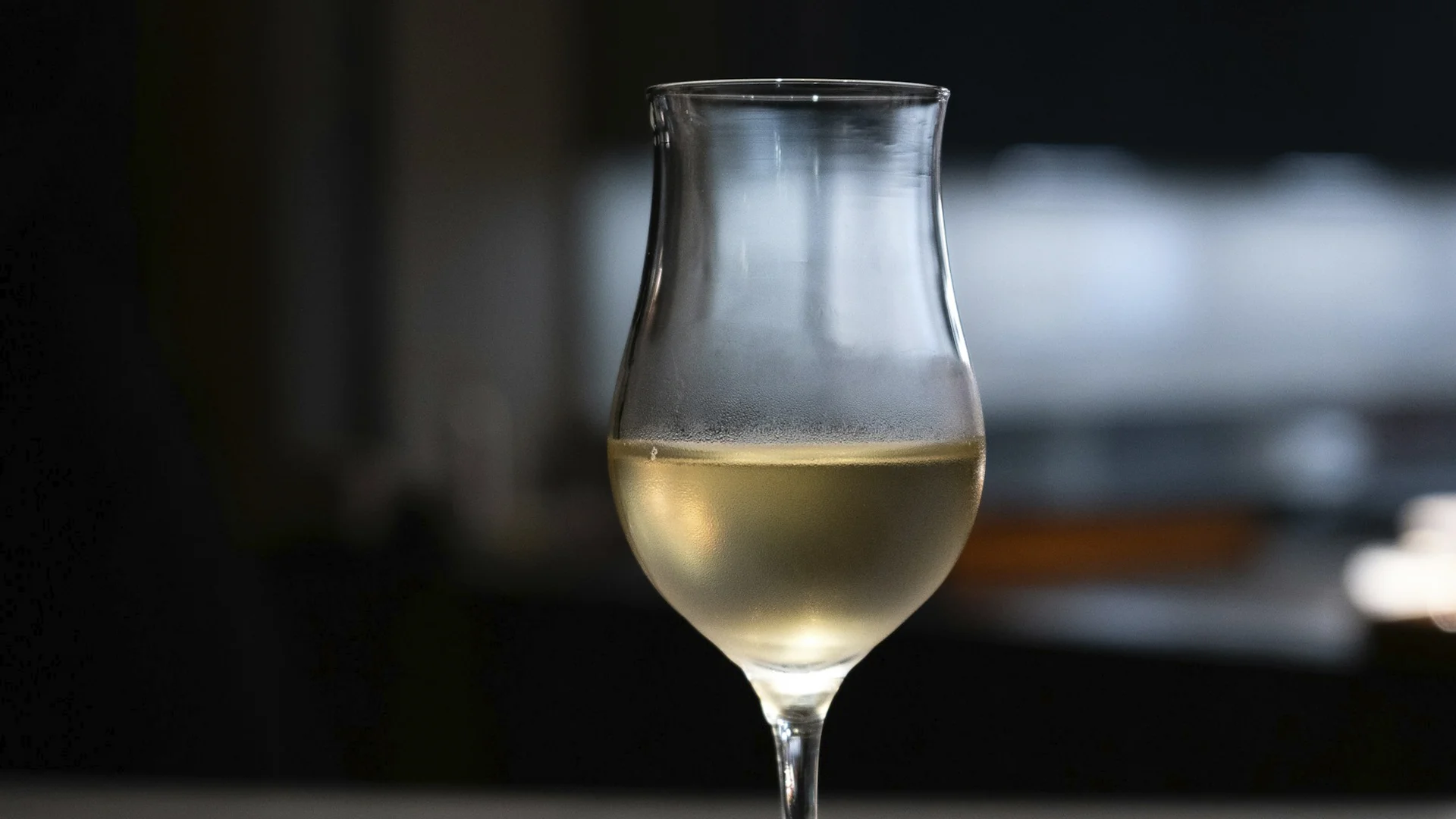
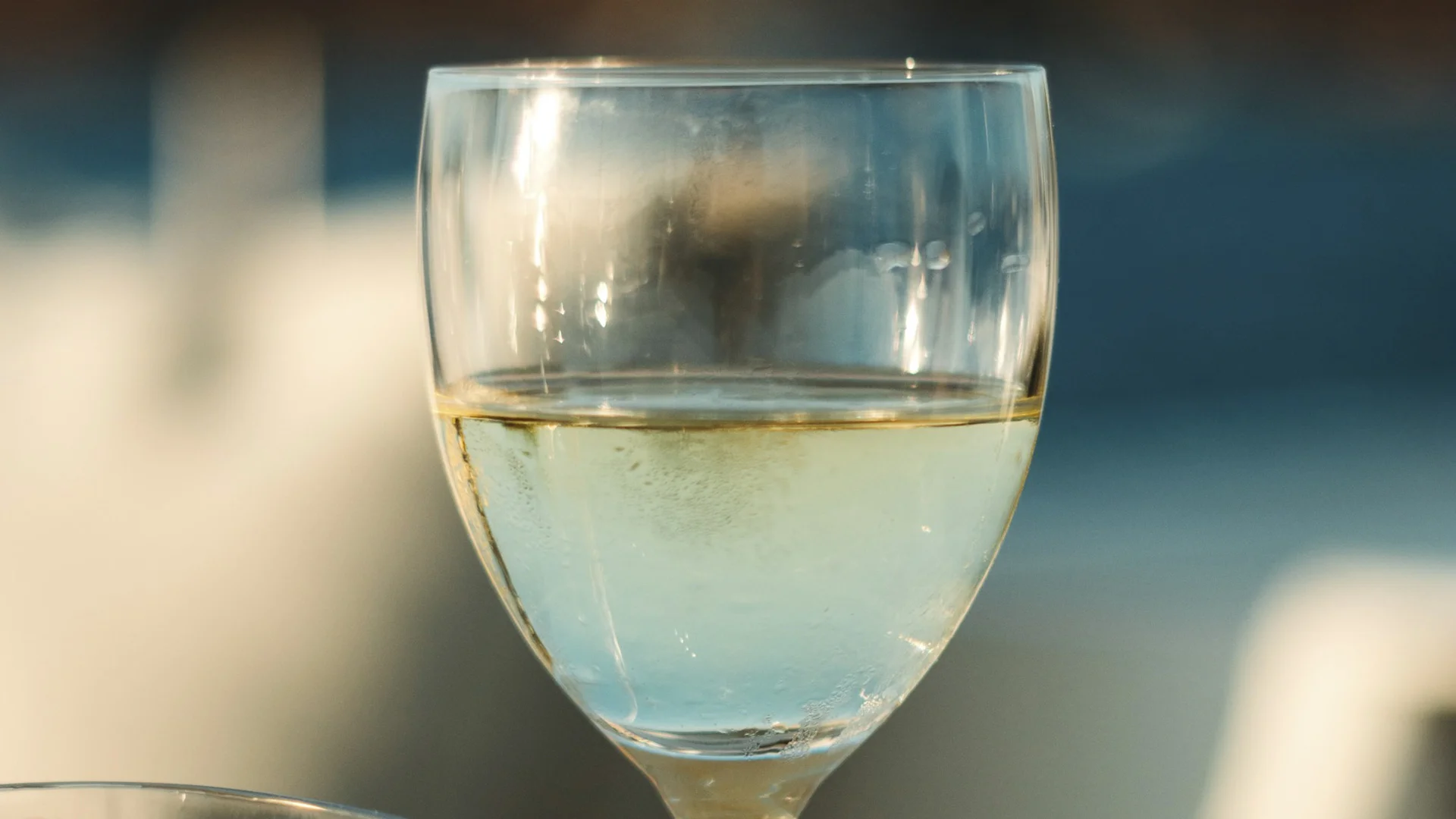

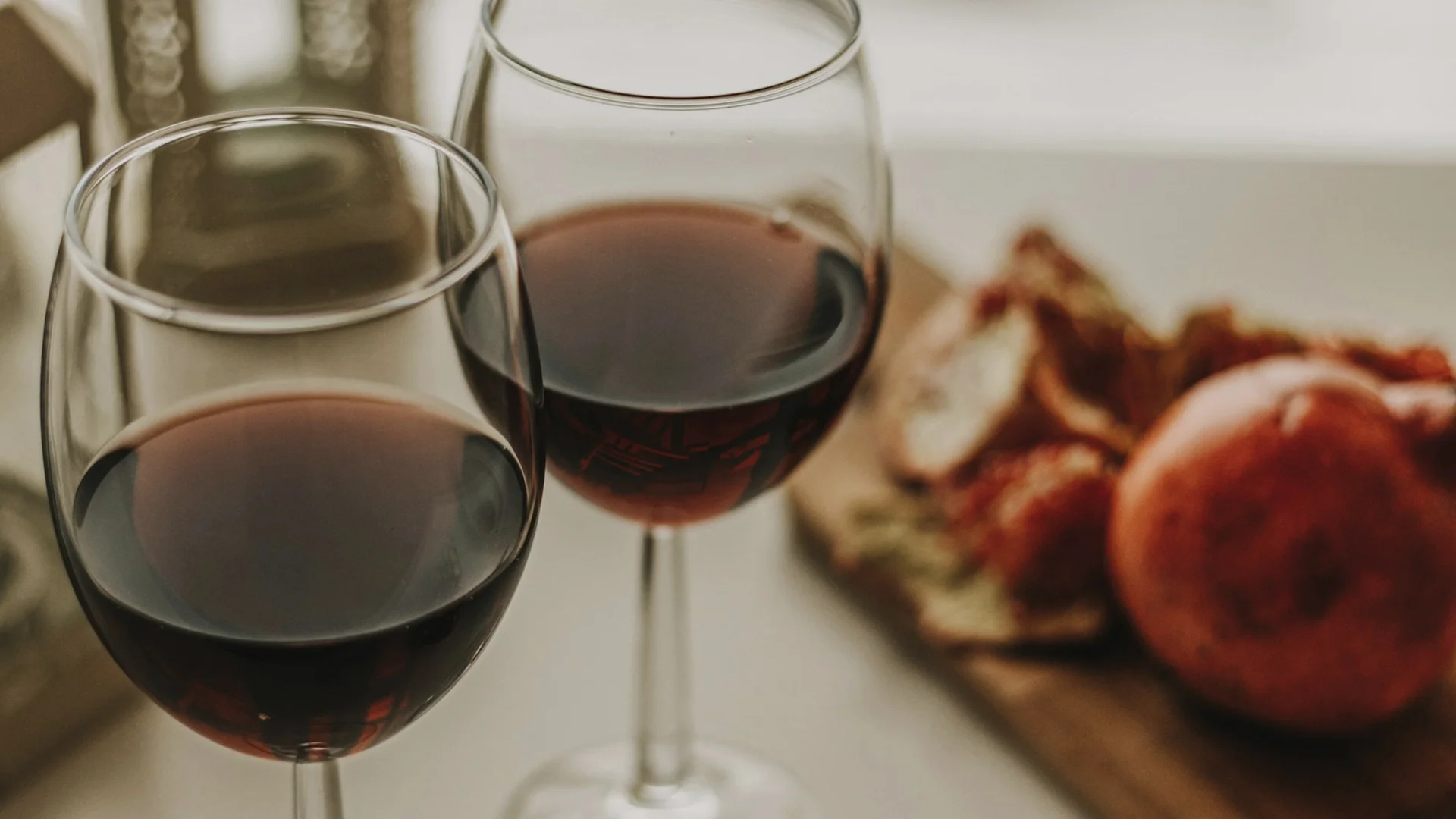


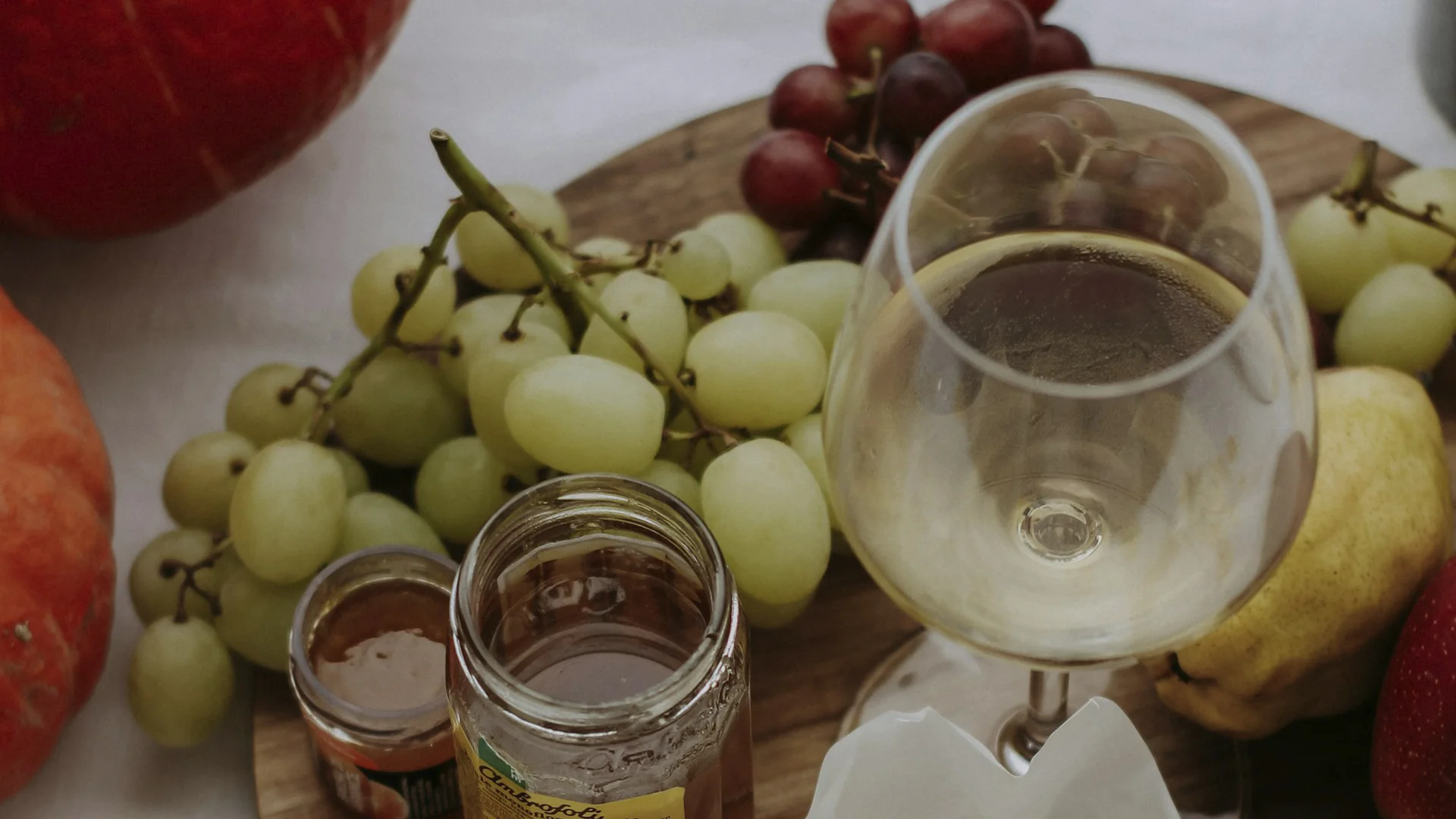
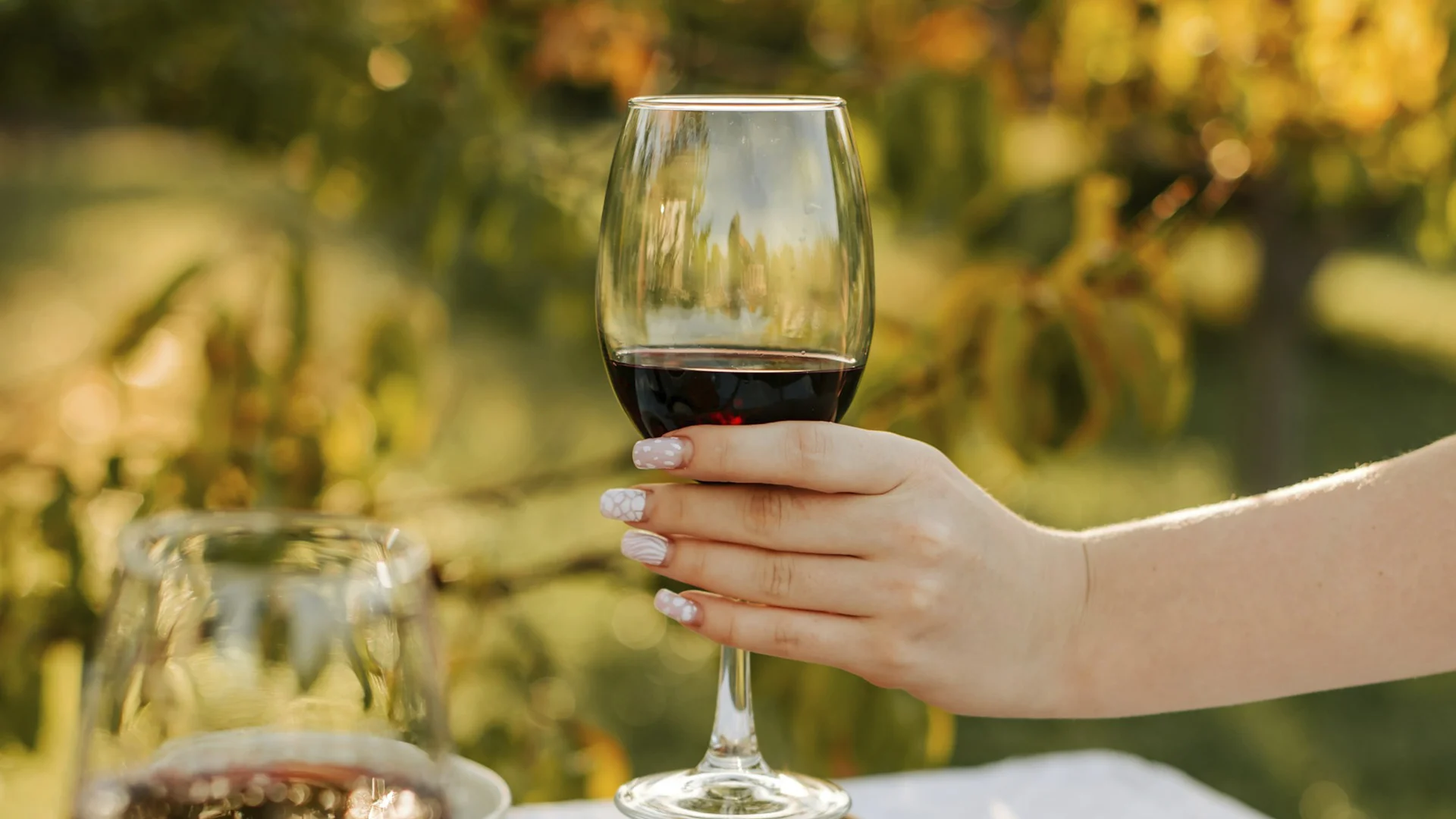


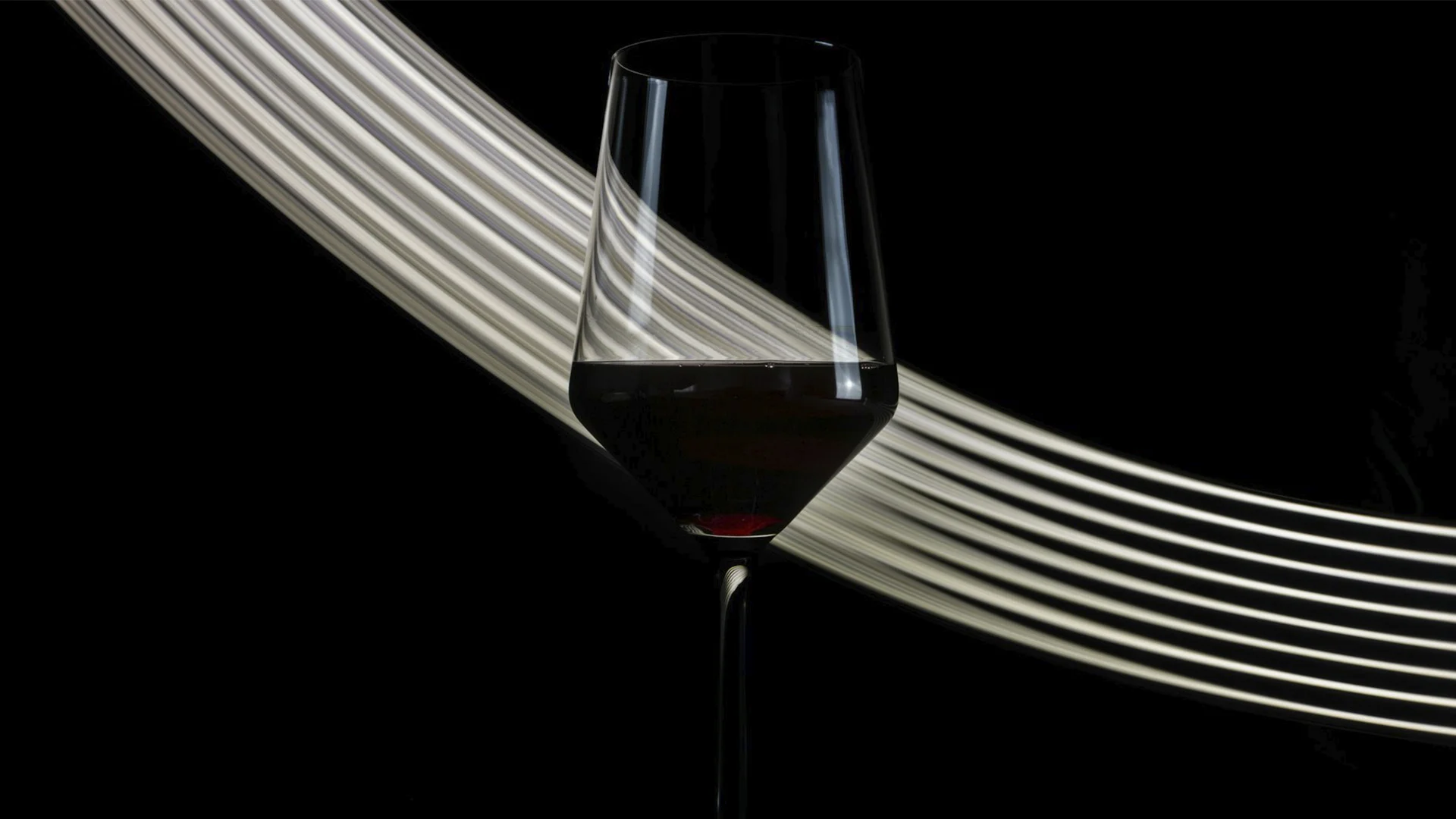



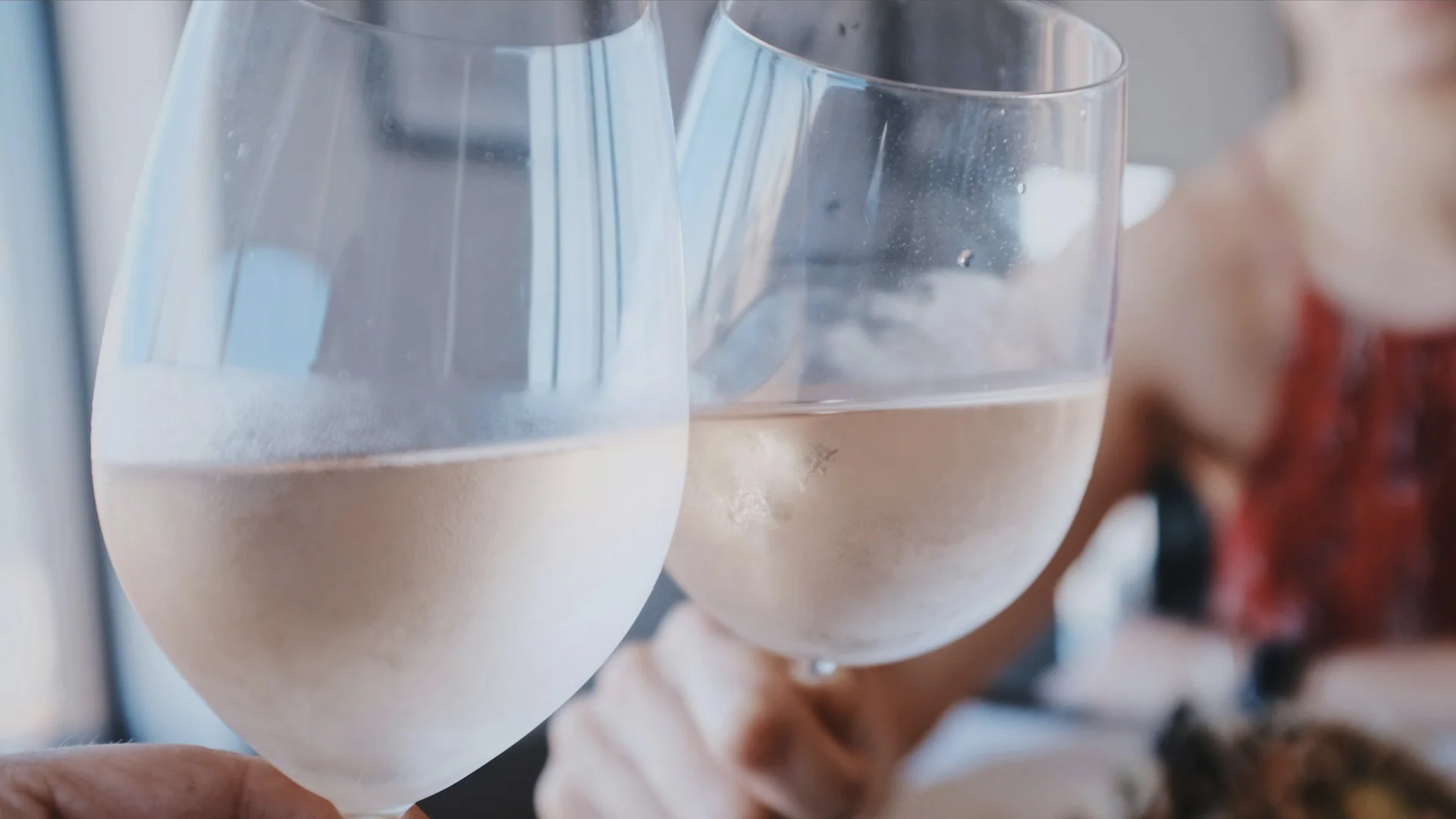
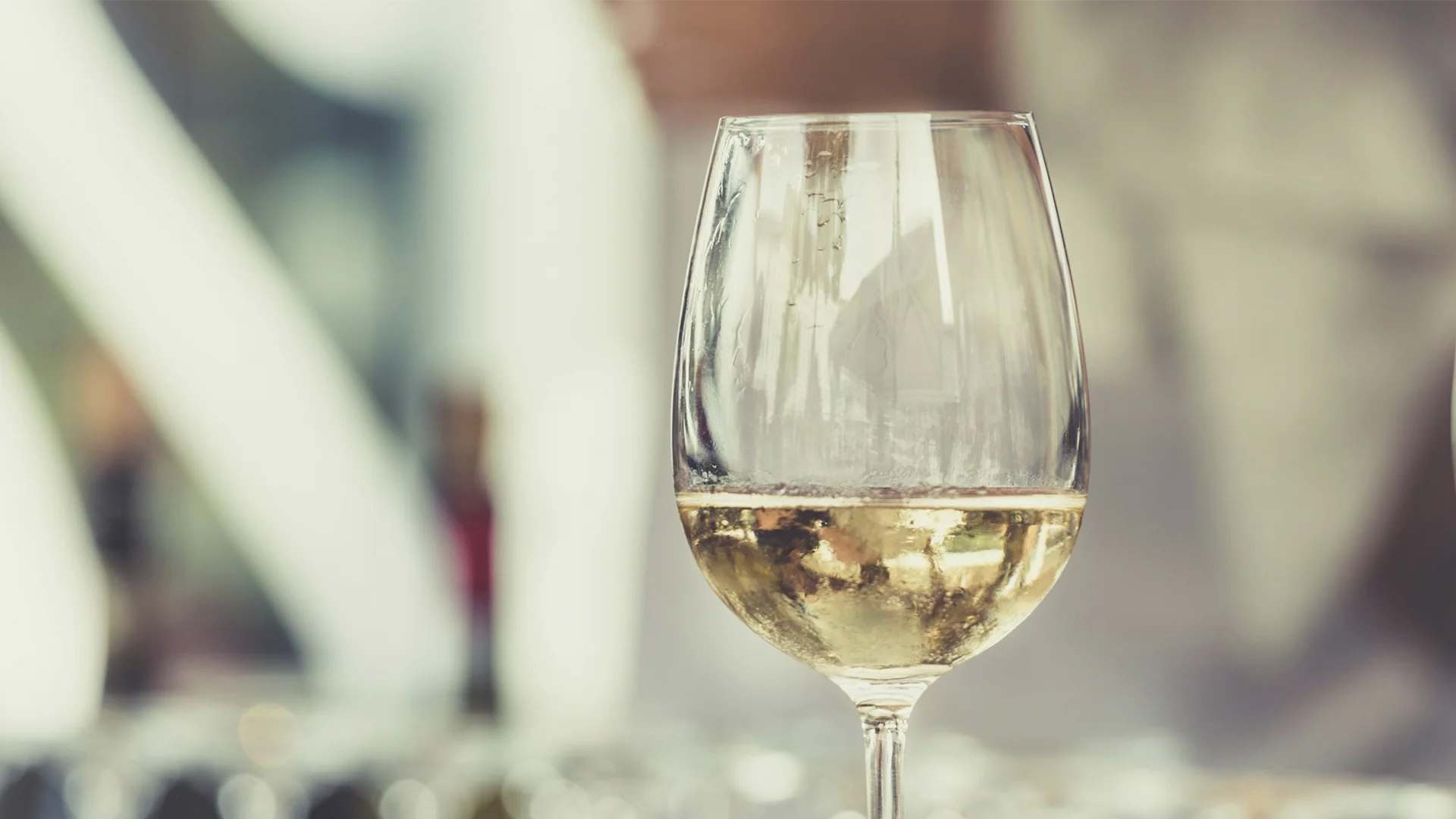
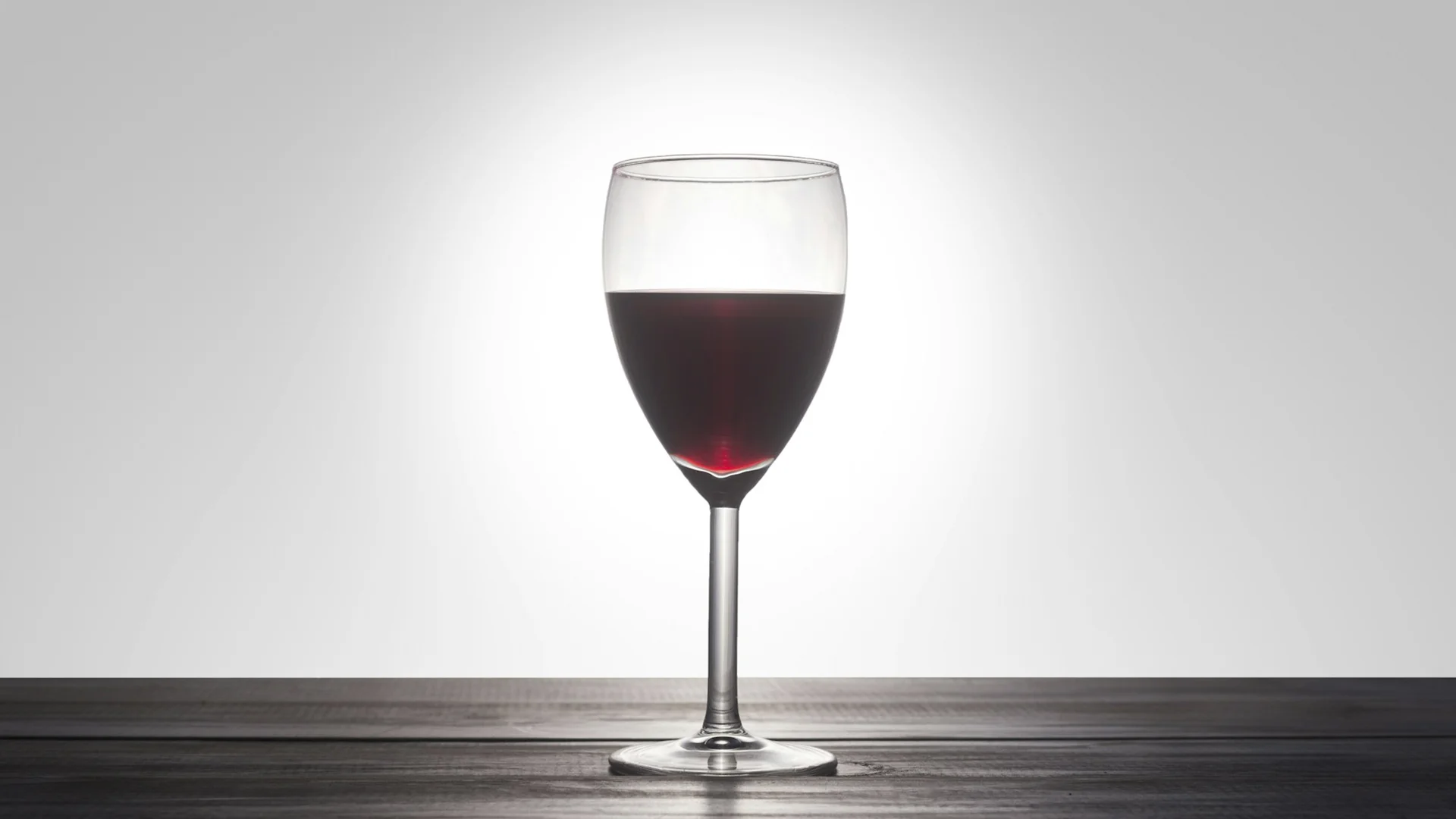


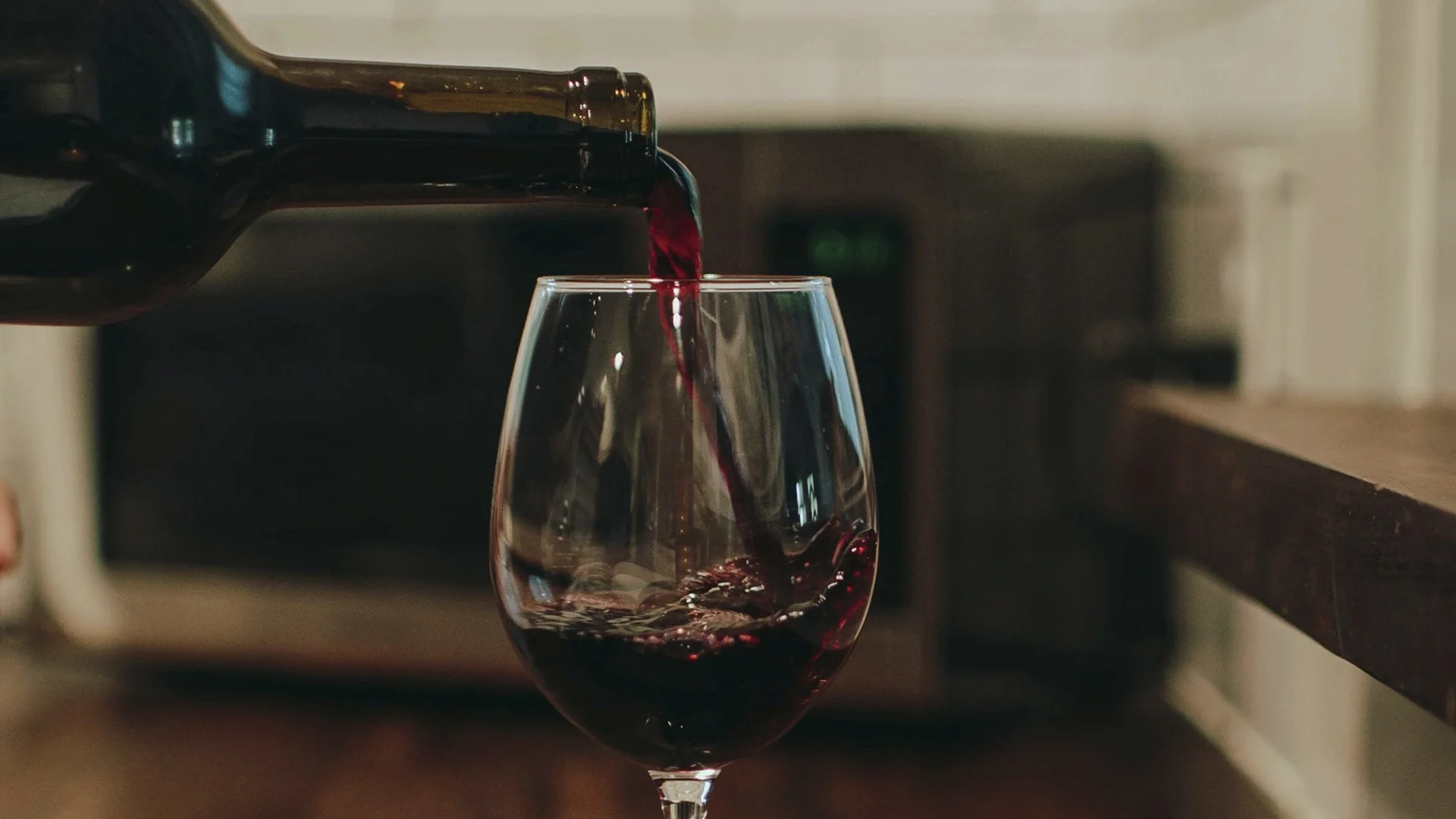


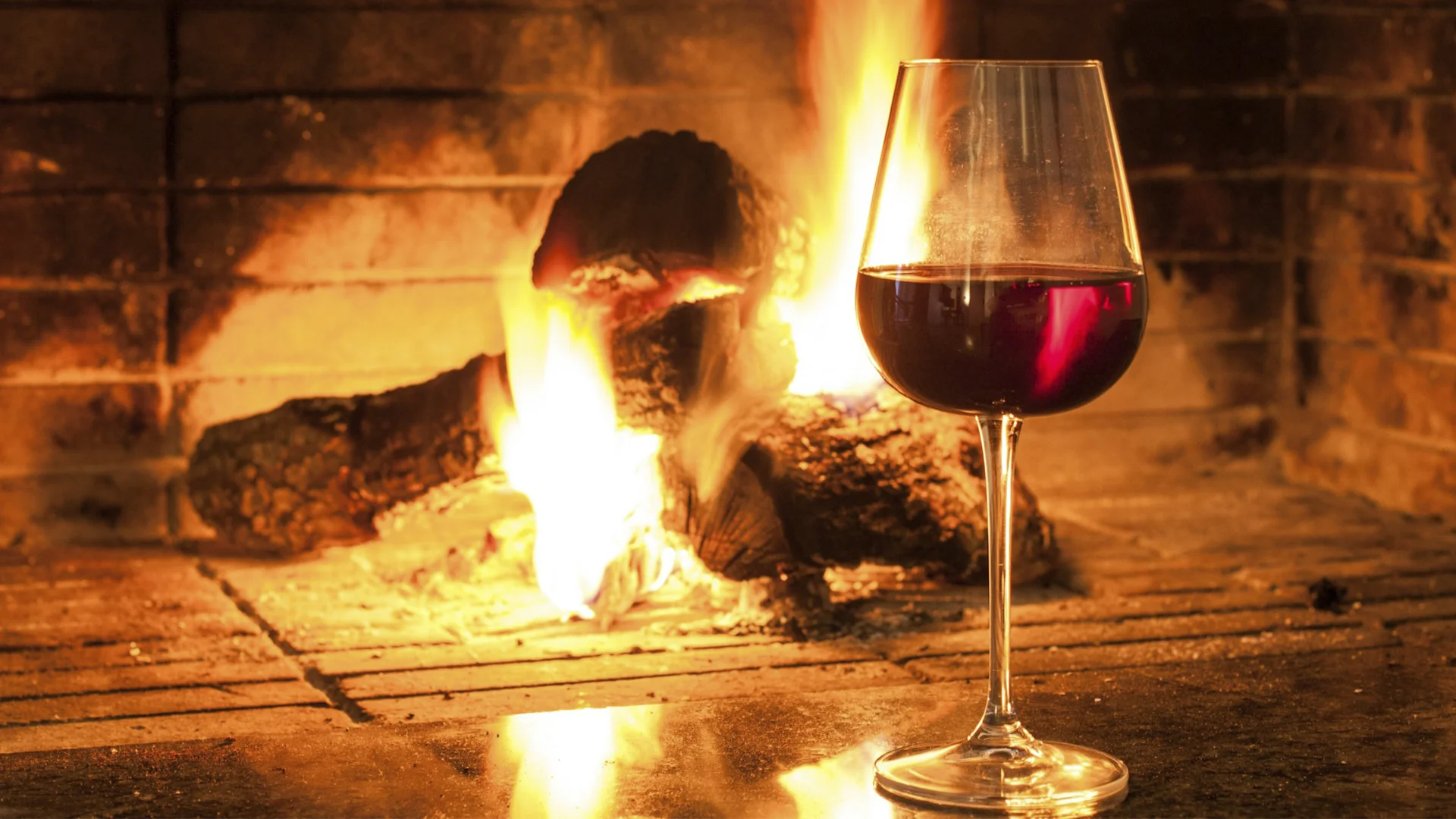
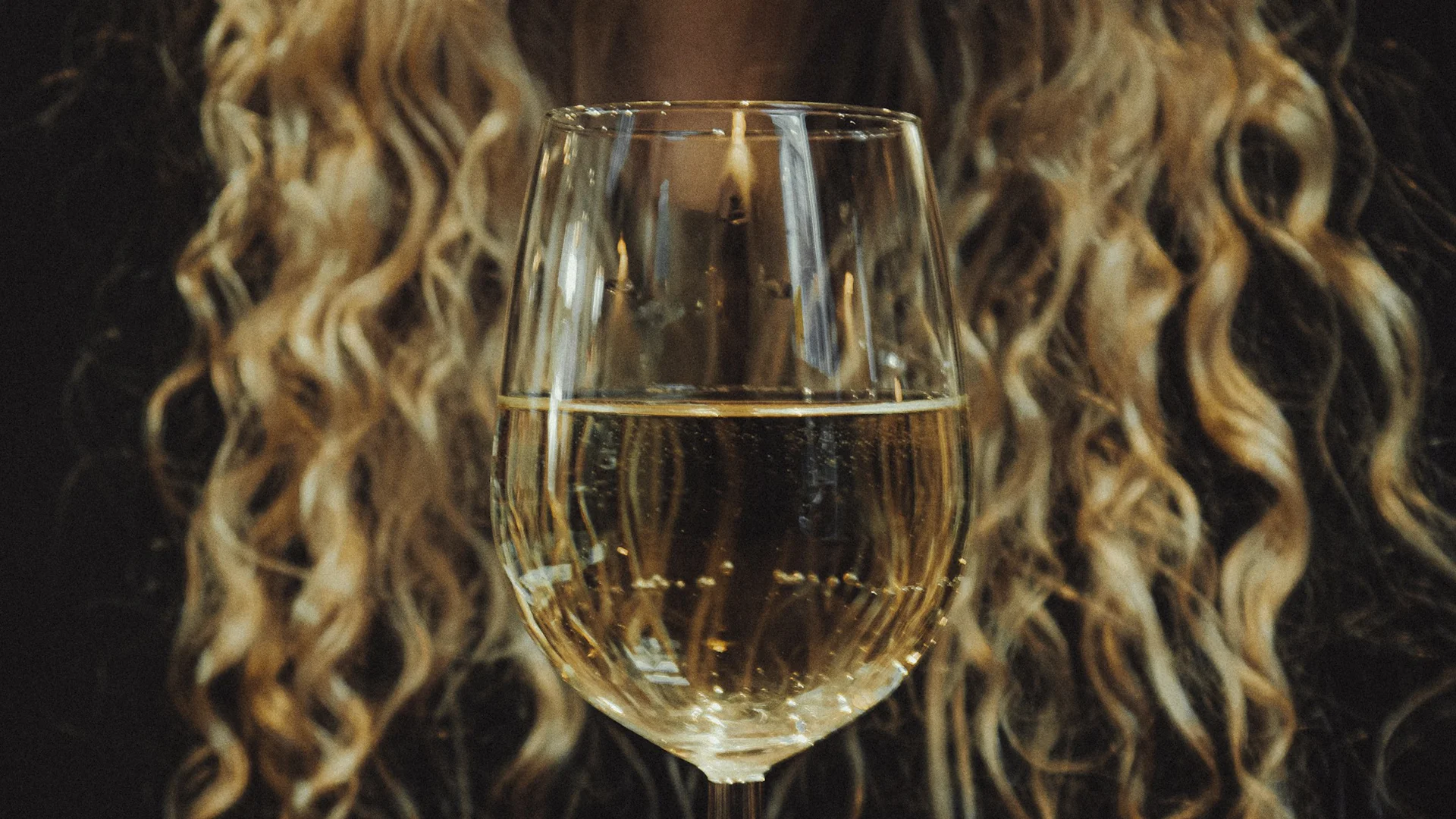

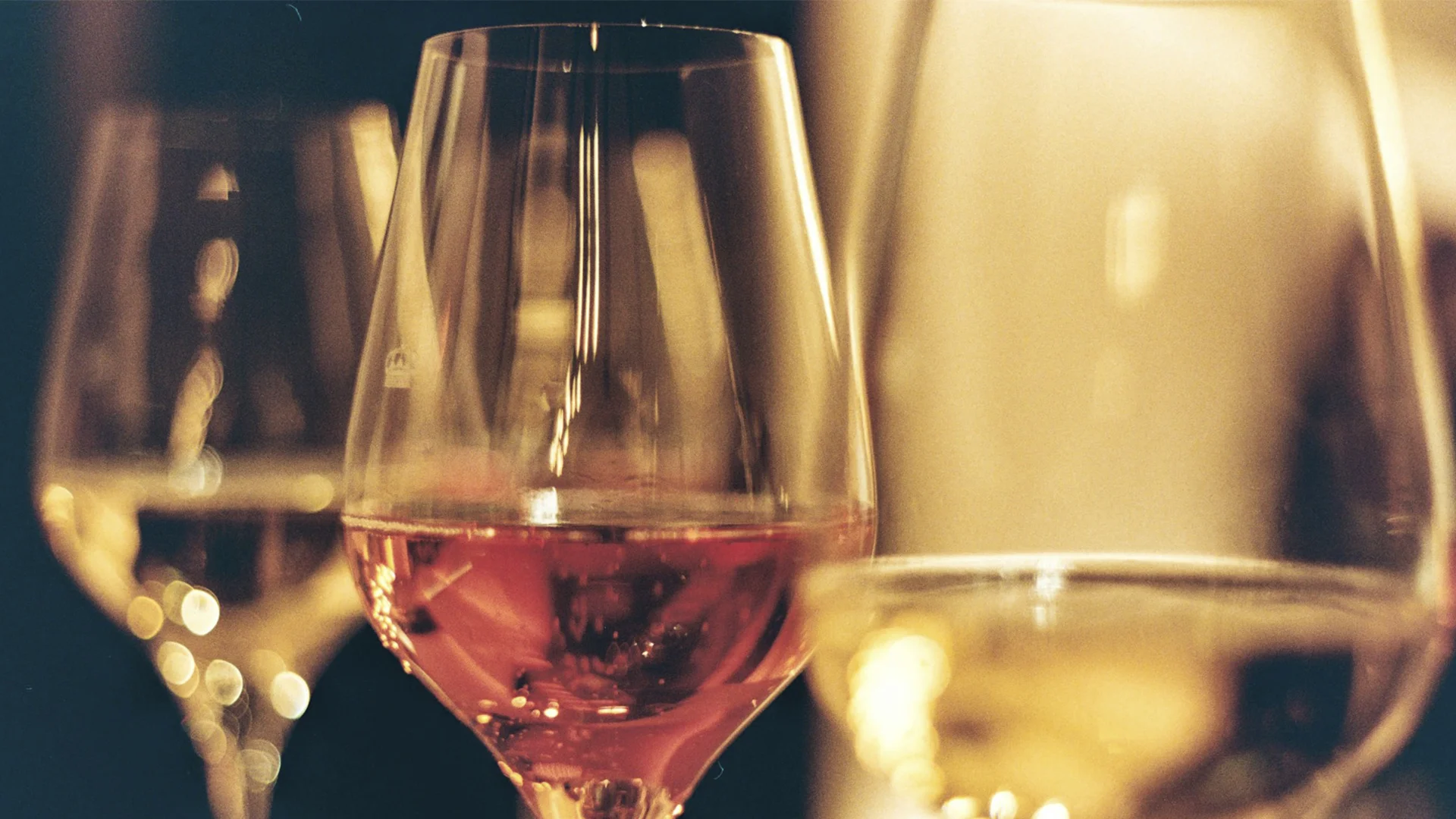
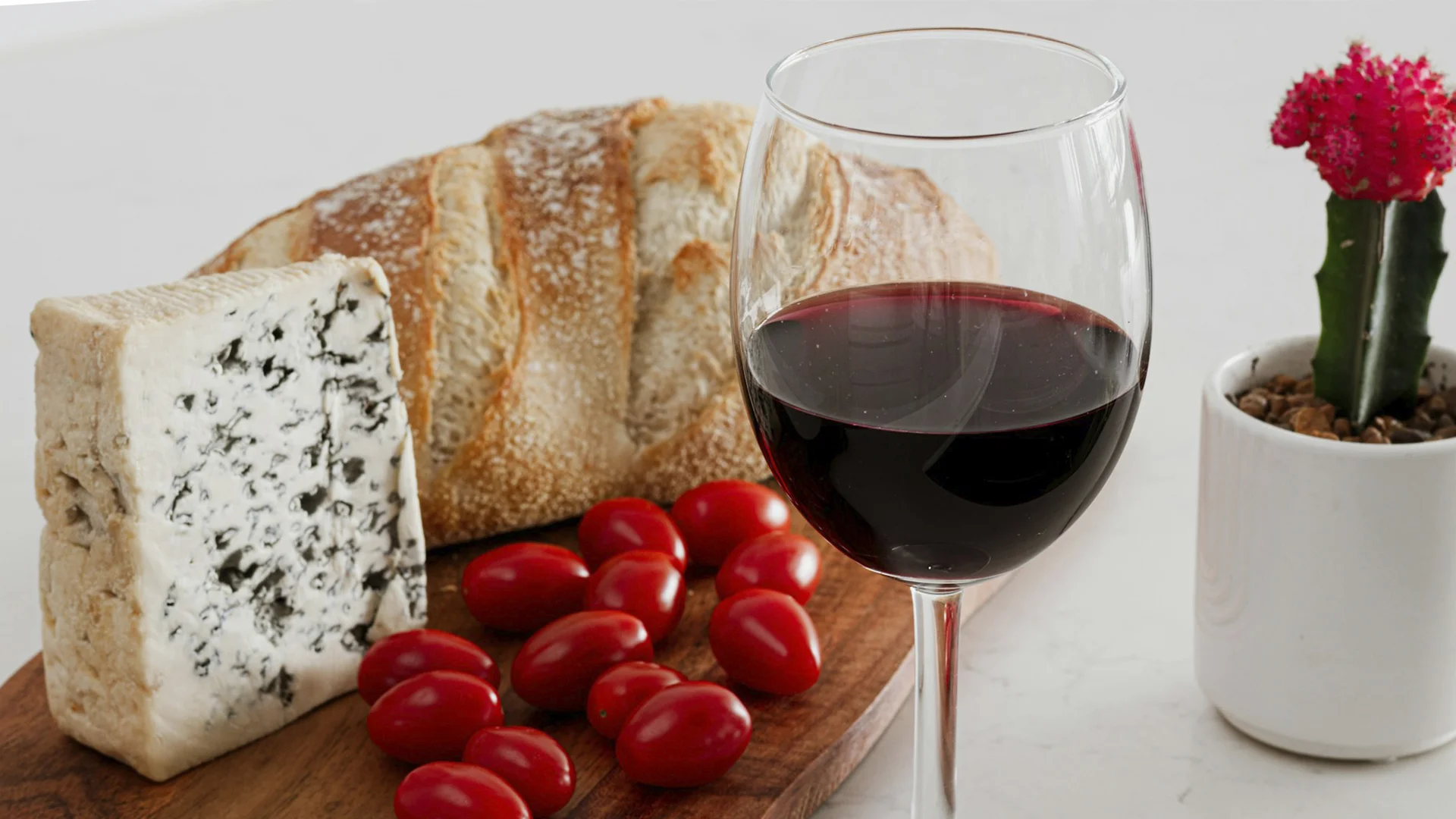

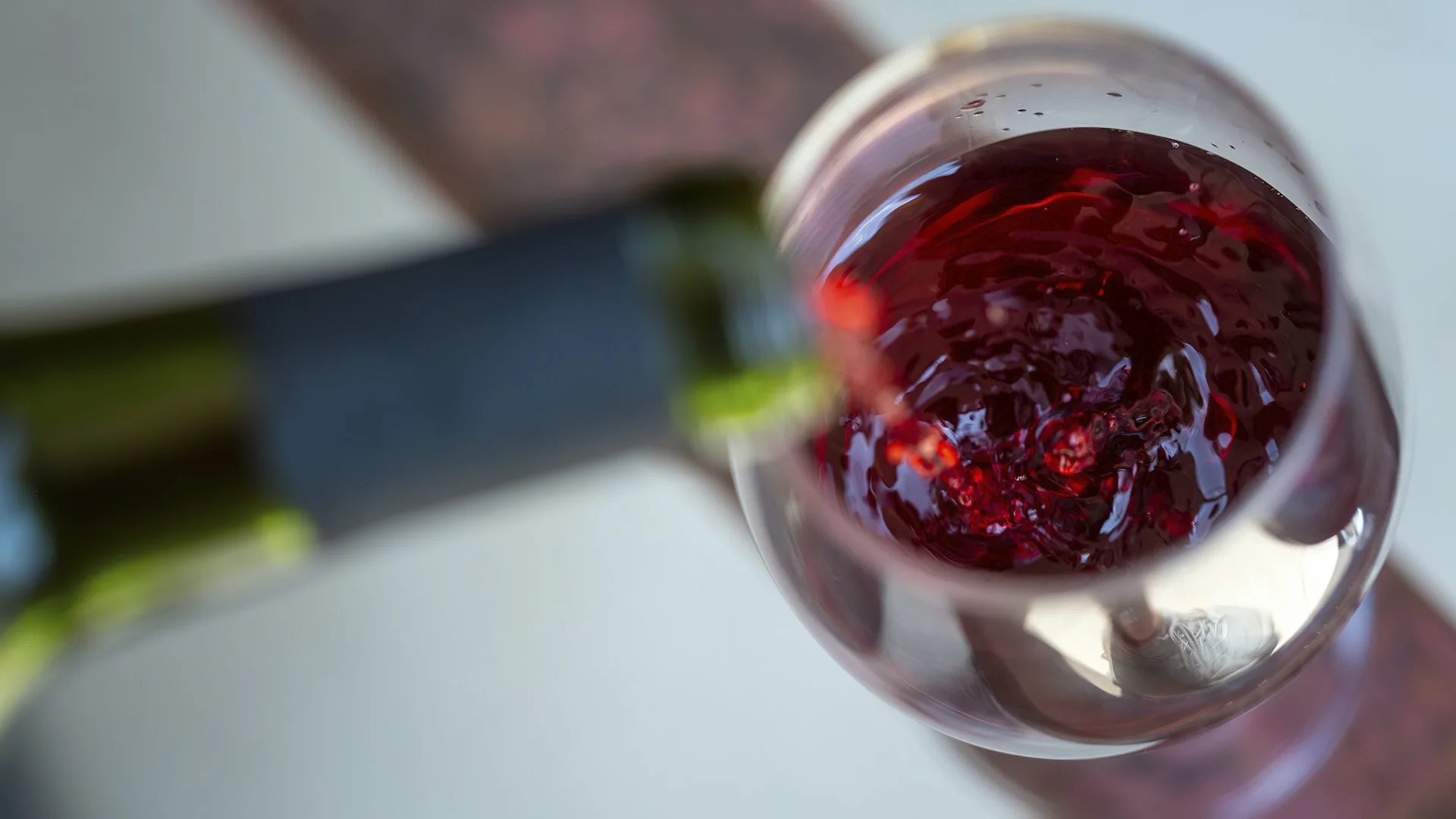


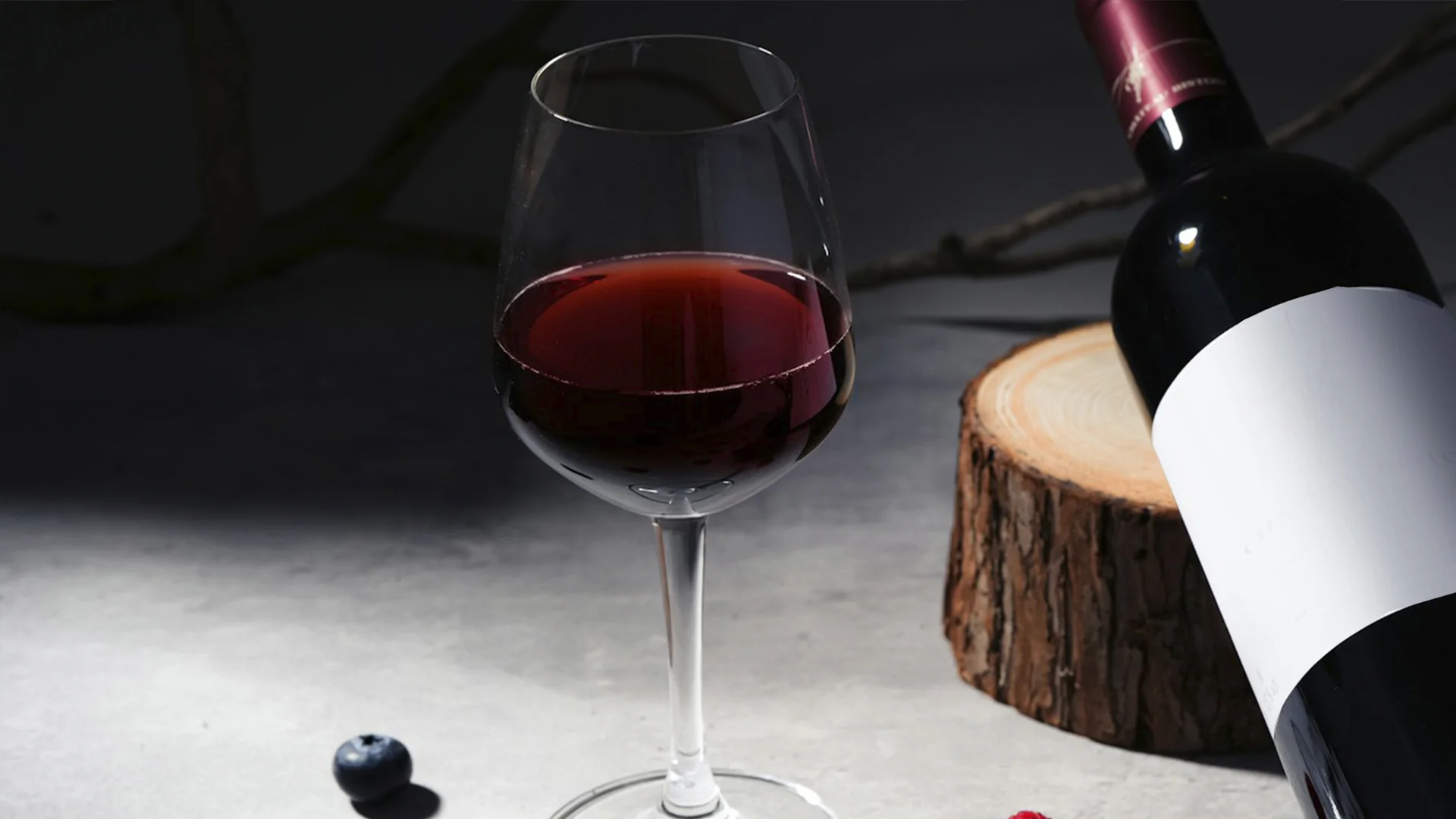
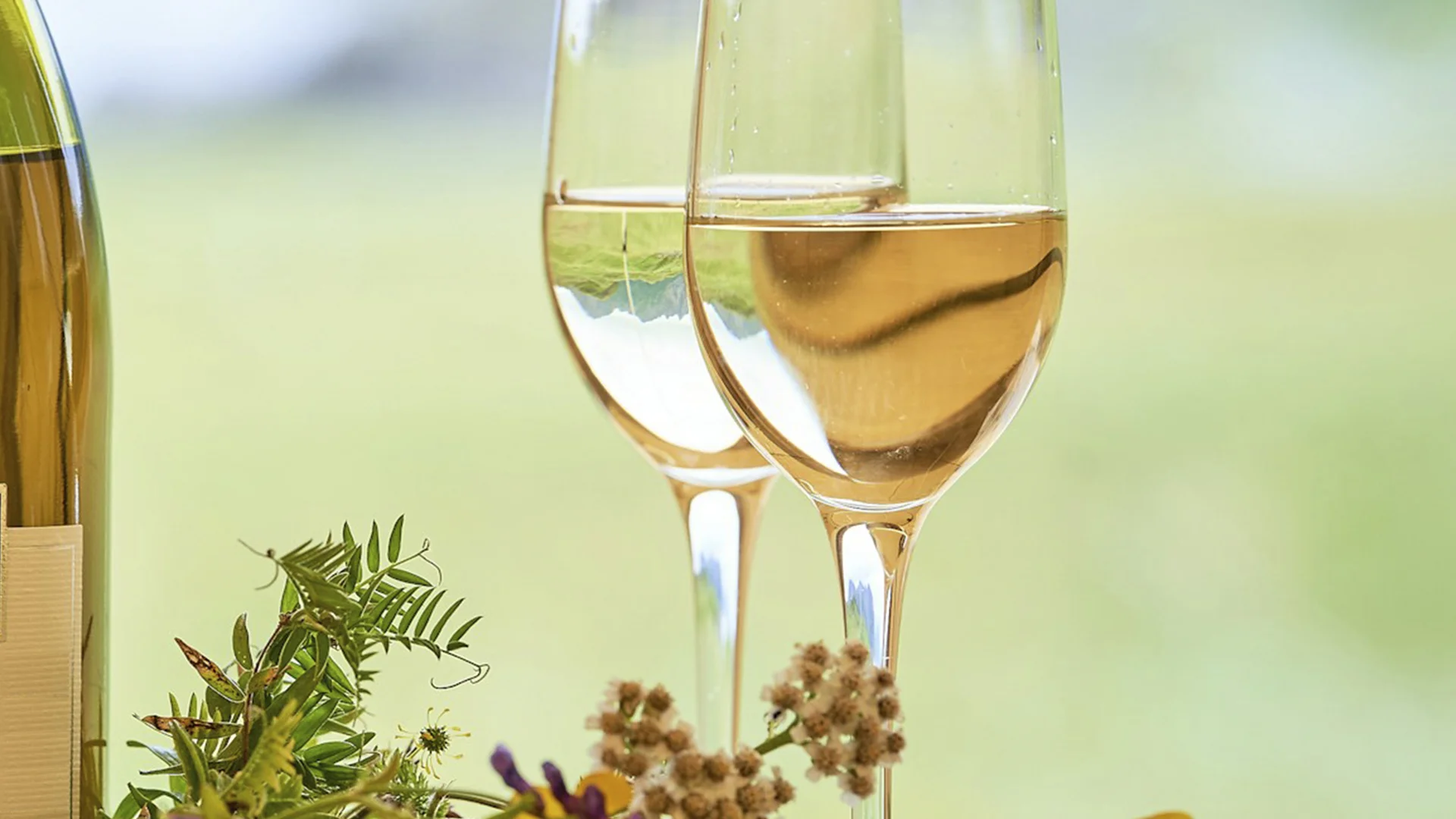
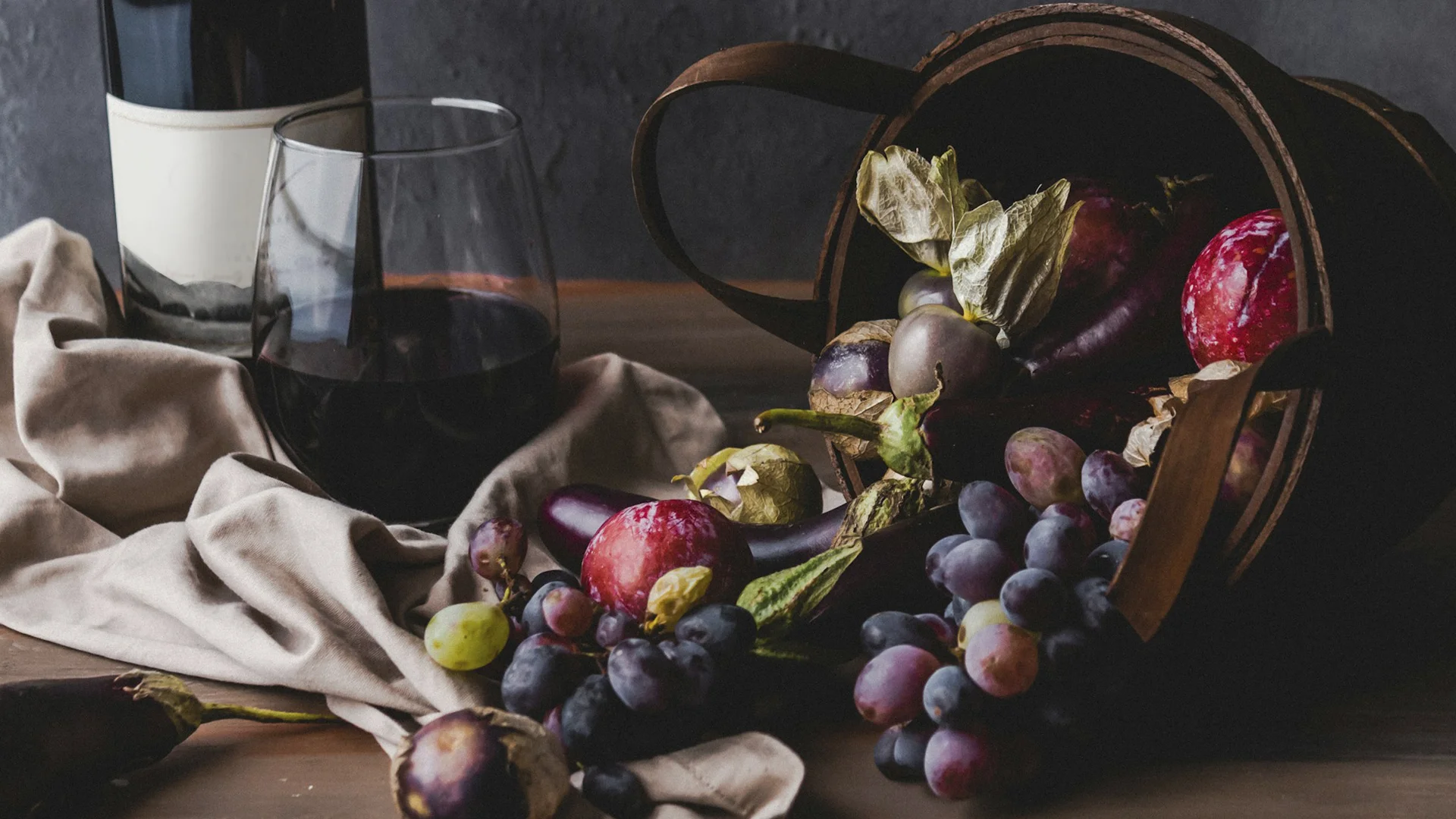
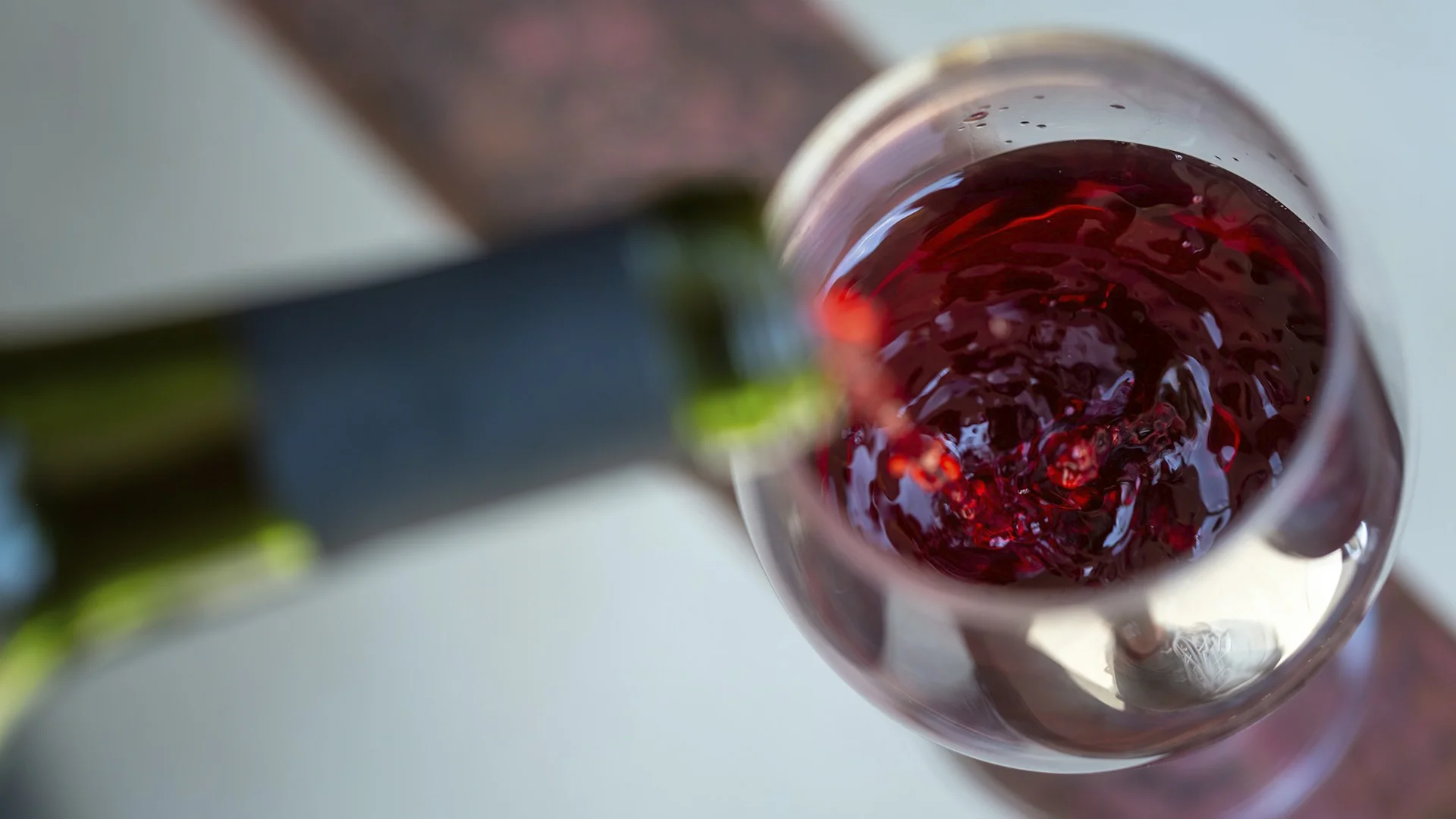
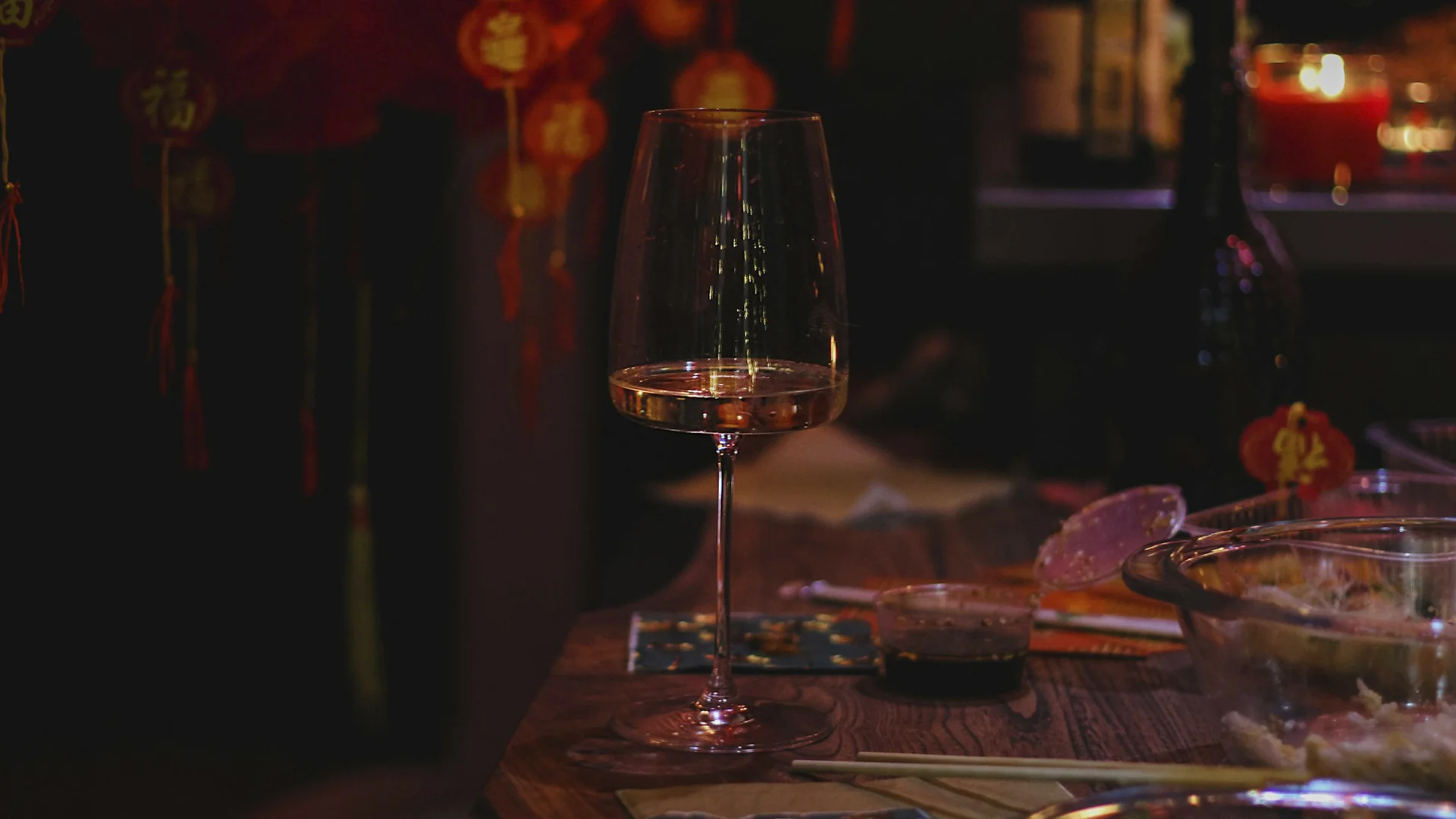






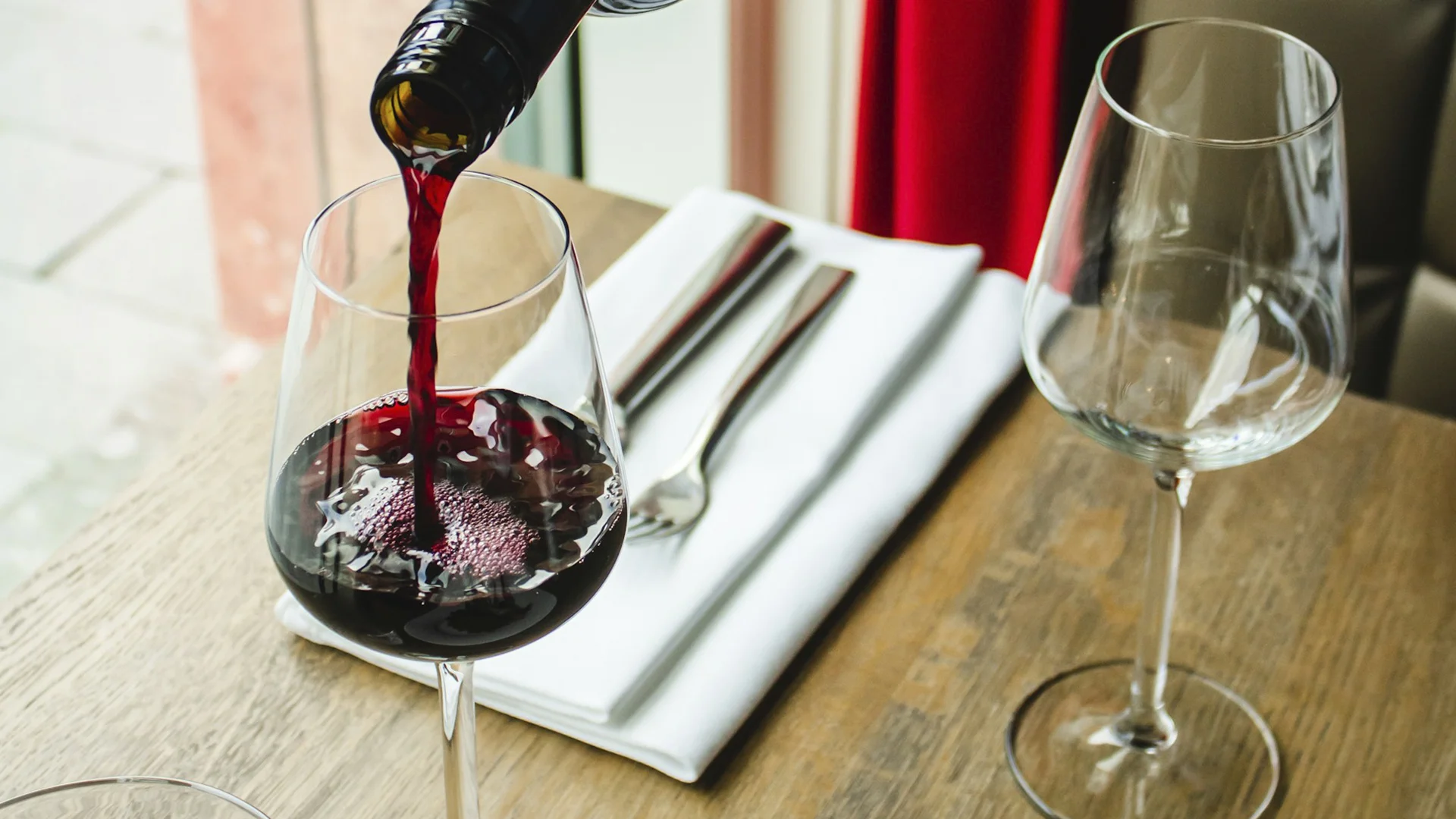












.webp)

.webp)
.webp)
.webp)



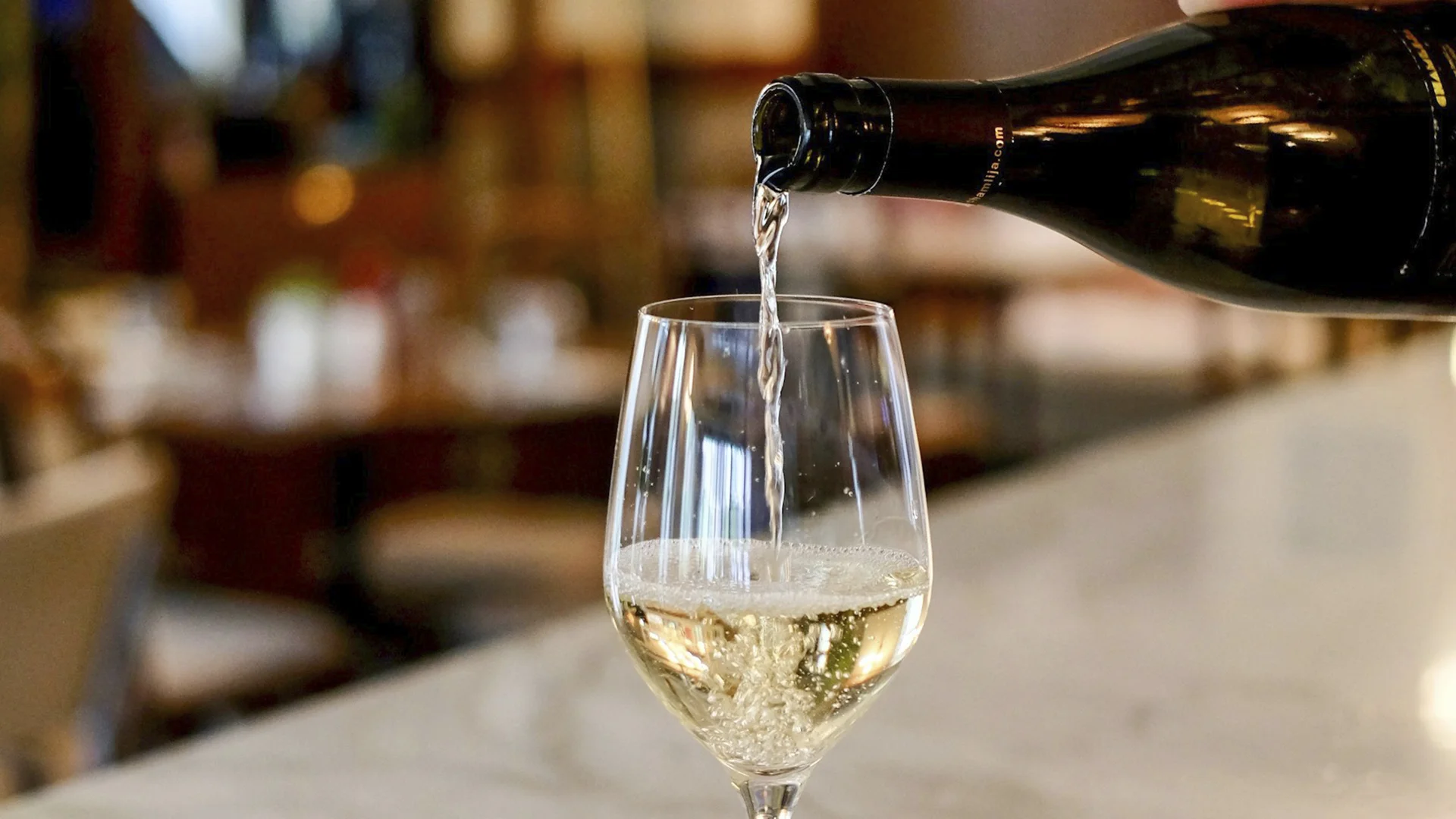


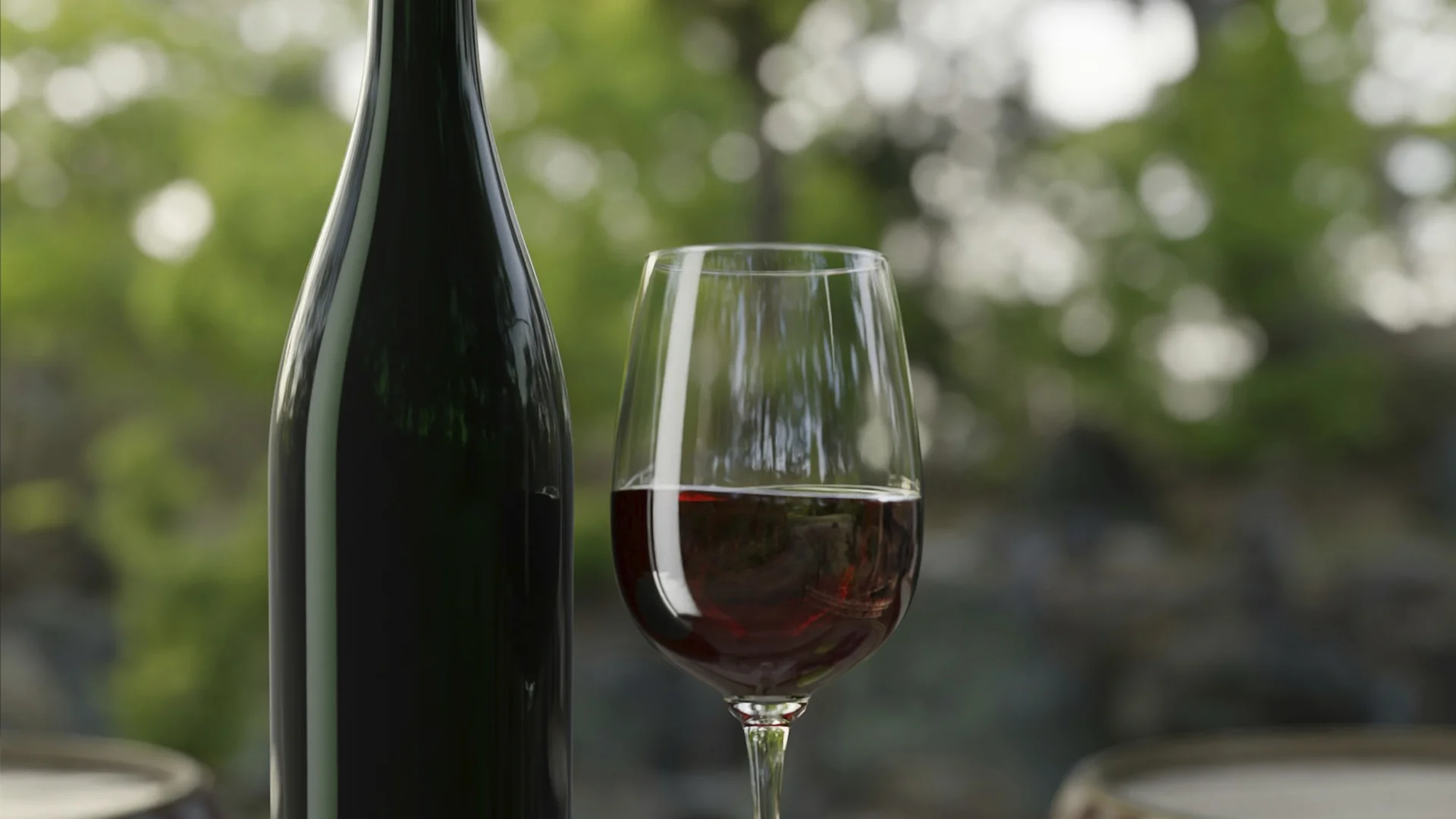



















.webp)













Are you interested in
collaborating with us?